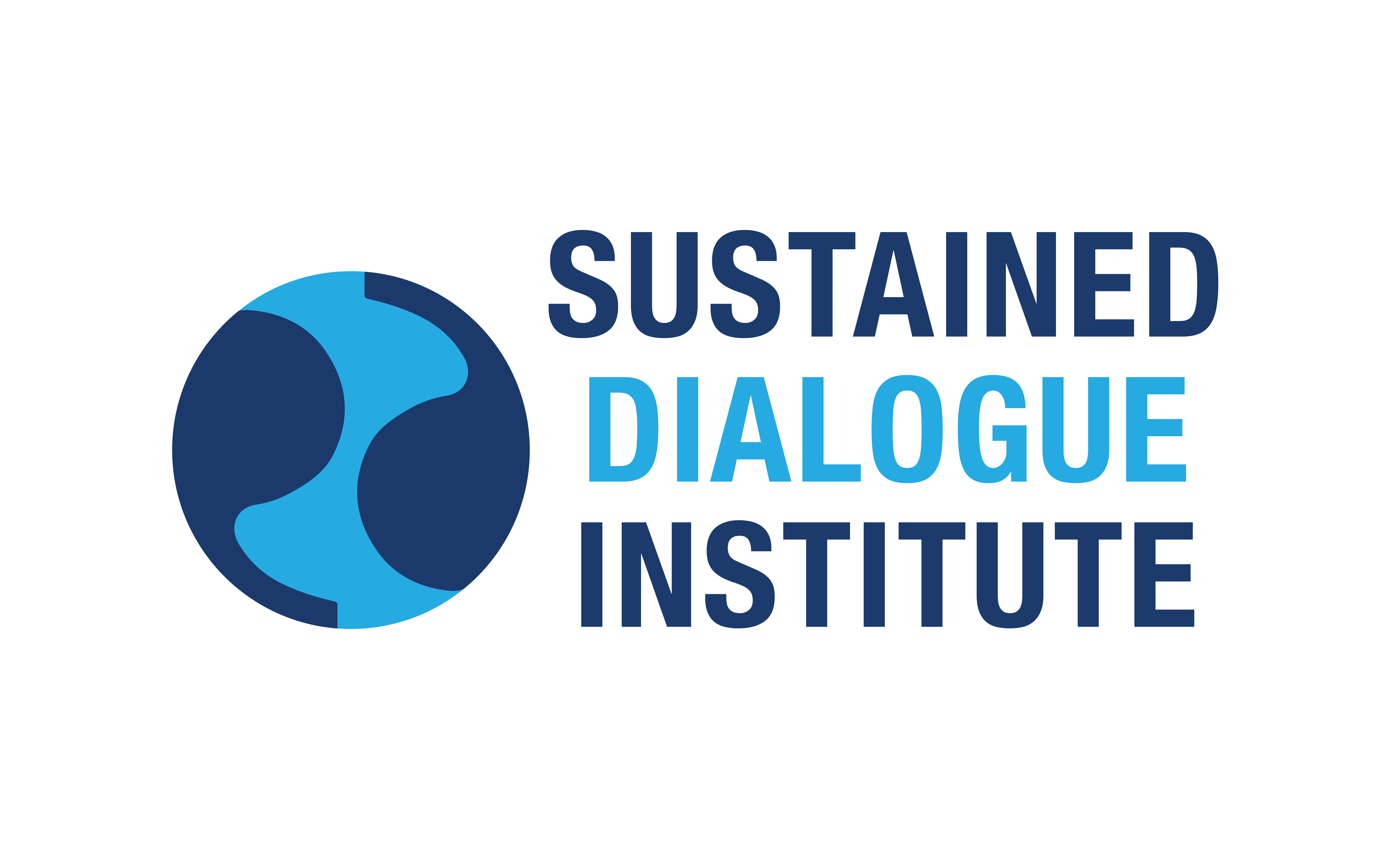Authors:
Harold Saunders and Priya Parker
Text found in:
(Book) Resolving Community Conflicts and Problems: Public Deliberation and Sustained Dialogue
Abstract
Chapter 2: The Sustained Dialogue Model: Transforming Relationships, Designing Change https://doi.org/10.7312/columbia/9780231151689.003.0002
This chapter focuses on the sustained dialogue model. Sustained dialogue is a carefully designed and rigorously implemented process for transforming dysfunctional and conflicting relationships. Each participant makes a serious effort to take one another’s concerns into their personal picture, even when disagreement persists. The dialogue centers on the relational paradigm—a political concept that expounds on the idea that “politics is a process of continuous interaction over time engaging significant clusters of citizens in and out of government and the relationships they form to solve public problems in whole bodies politic across permeable borders, either within or between communities or countries.” In addition, the dialogue provides a space in which people can experience that process of continuous interaction and discover the capacity to influence the course of events that can be generated through such interaction.
Chapter 3: Sustained Dialogue in Action https://doi.org/10.7312/columbia/9780231151689.003.0002
This chapter discusses the success of the International Institute for Sustained Dialogue’s (IISD) training on sustained dialogue in various groups and communities. The IISD had trained local communities to conduct sustained dialogue to deal with issues ranging from race relations and youth violence to economic development and nation building. After the IISD conducted Arab-American-European trilateral dialogue, a concerned Arab American said she could create a space to improve relationships and understanding between these major regions, and she embarked on a two-year “dialogue about dialogue,” to create that reality. In Harare, a citizen’s organization reassessed its own “instrument for change,” specifically a massive media campaign against youth violence, and, after concluding that such a plan would not work, decided to learn how to implement sustained dialogue to address youth violence. The chapter presents further examples of the success of IISD’s program.
